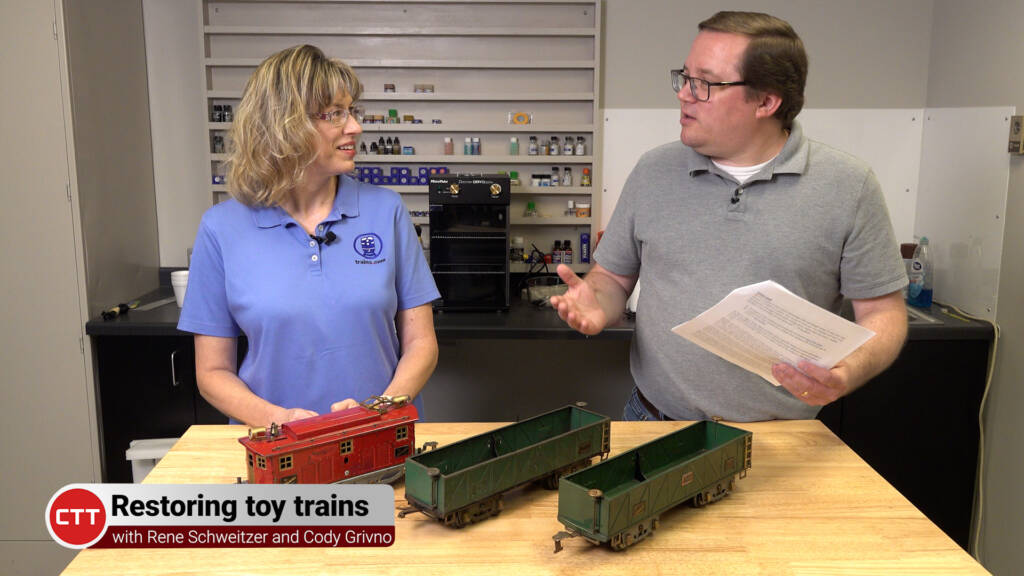
Join Classic Toy Trains Editor Rene Schweitzer and Model Railroader Senior Editor Cody Grivno as they share essential tips for restoring a vintage toy train. They address a viewer’s request for help with his father’s old Ives train set, which is in poor condition with bent metal, rust, and poor paint. Their discussion covers key […]
Read More…

Join Classic Toy Trains Editor Rene Schweitzer and Model Railroader Senior Editor Cody Grivno as they share essential tips for restoring a vintage toy train. They address a viewer’s request for help with his father’s old Ives train set, which is in poor condition with bent metal, rust, and poor paint. Their discussion covers key […]
Read More…
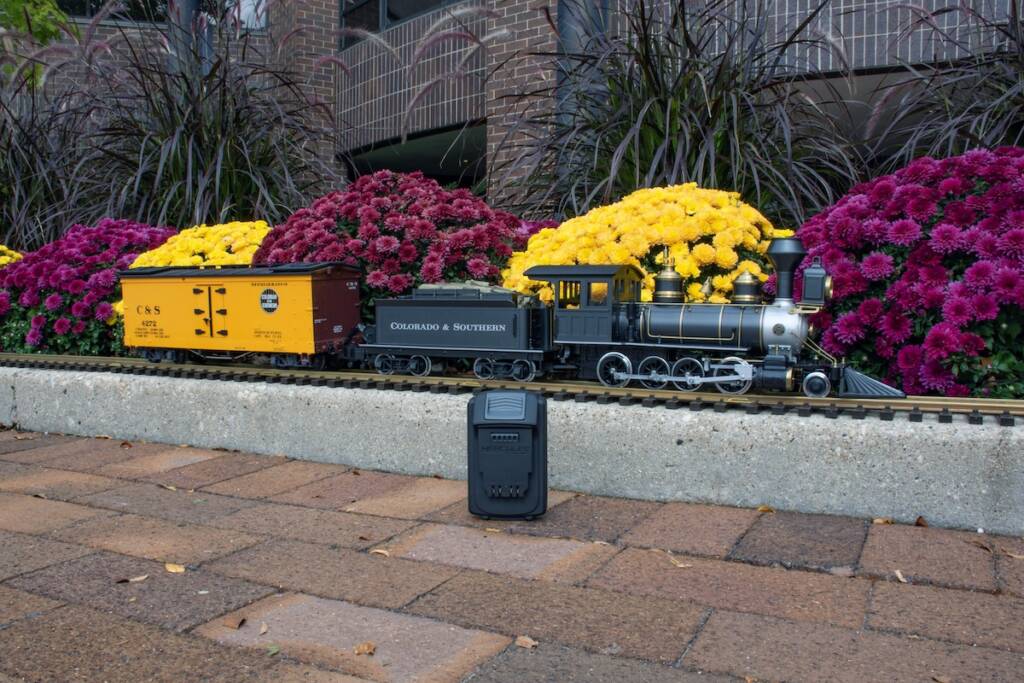
I never thought I’d get serious about Large scale (G gauge) model railroading, but here I am. This past summer, I successfully bid on a 1:22.5-scaled C-16 2-8-0 in Colorado & Southern livery at an online auction. This model, from the 1989 product line of the former Delton Locomotive Works (before its tooling went to […]
Read More…
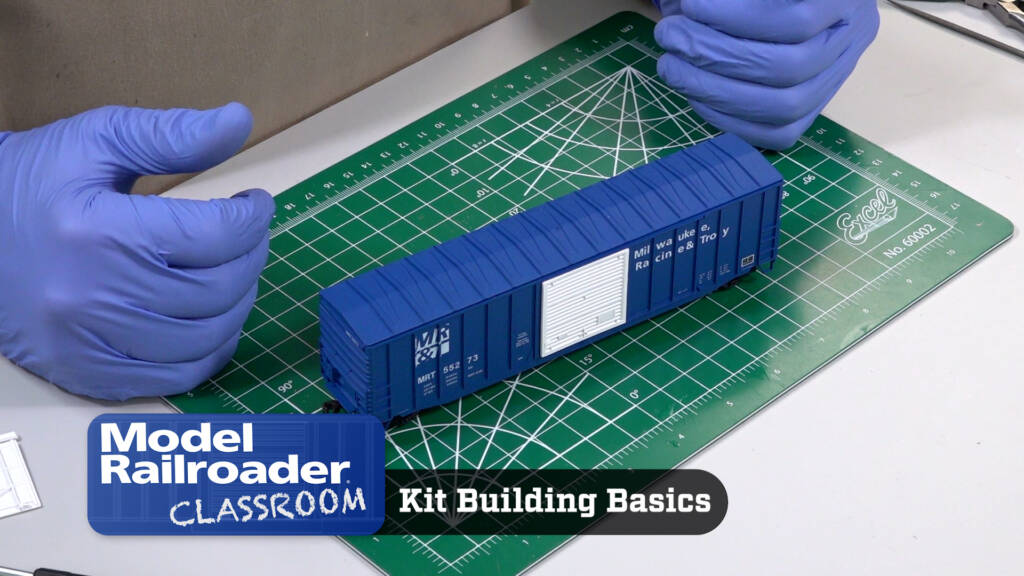
Freight Car Class: Lesson 1, Kit Building Basics| Building, operating, and weathering freight cars are essential skills for any modeler to acquire, regardless of experience level. This five-part video series is designed to help you create better freight cars! In the first lesson, expert instructor David Popp gets things rolling with the basics of kit […]
Read More…
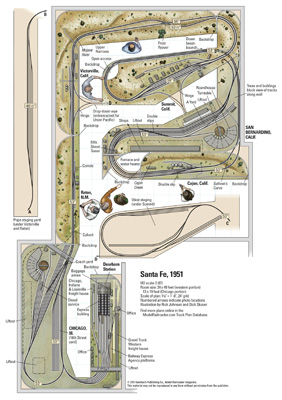
From Midwest farmlands to the Pacific Coast, and the mountains and deserts in between, the Atchison, Topeka & Santa Fe Railway offers a buffet of modeling opportunities. This popular former Class I railroad has captured the hearts of model railroaders, and there are many modeling products and materials readily available to help modelers go “Santa […]
Read More…
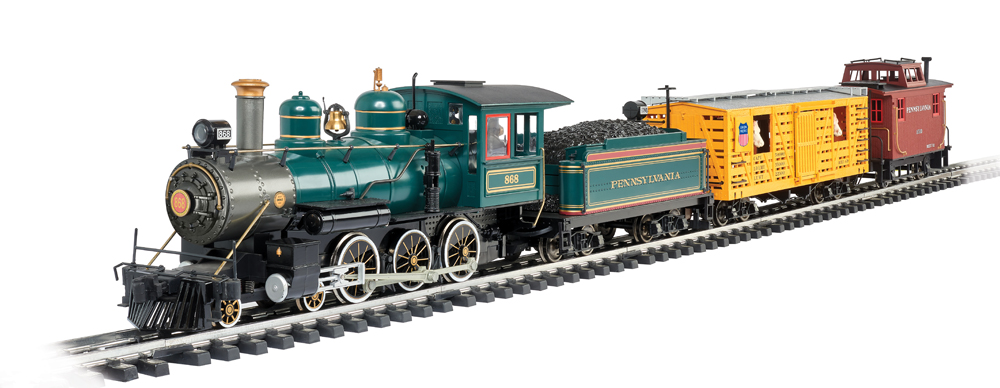
Manufacturers come and go in model railroading. The large scale market, primarily G gauge, is no exception, with a wide range of scales to choose from, and whether you’re taking the hobby indoors or outside. Let’s explore who is producing for customers today, from those with vast offerings to those specializing in specific products. If […]
Read More…

Lionel Trains continued celebrating their 125th anniversary with the release of their Volume 2 catalog in mid July. First, an interesting note: the second Lionel catalog has typically been called Volume 2. This one was called “July Release.” I wonder if there will be another catalog release before the end of the year? Stay […]
Read More…
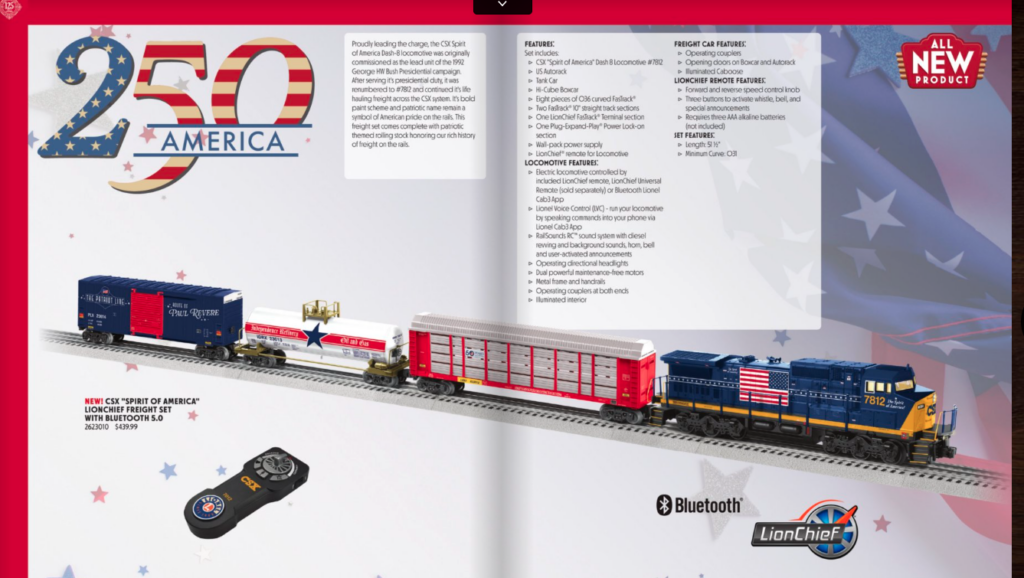
Lionel Trains has released a 2025 Volume II catalog. The 44-page book includes new items in the Legacy, LionChief, Star Wars, and Accessory lines. Highlights include a Santa Fe Super Chief set (No. 2622020), which includes two F3A locomotives, two F3Bs (one unpowered), baggage car, Pullman sleeper car, dome car, diner, three sleeping cars, and […]
Read More…
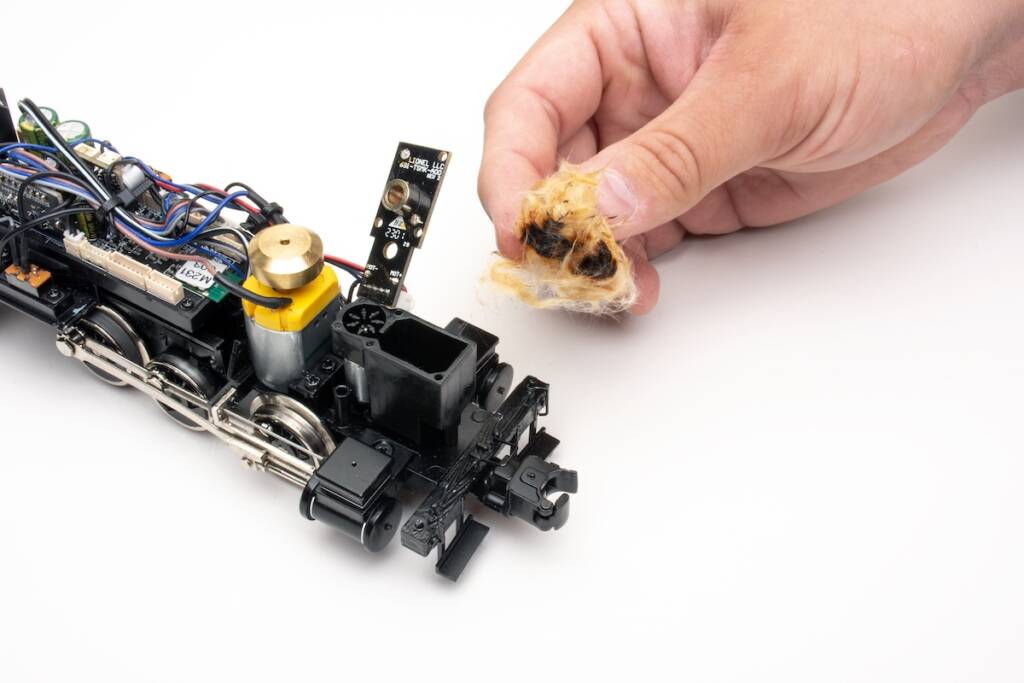
Is your locomotive struggling to produce a good amount of smoke, even after cranking up the smoke volume and adding fluid? While it’s not the one-and-only culprit, a charred smoke wick is a common problem. The wick is a strand or braided fiber glass material in the smoke unit’s heating chamber. It generates the smoke […]
Read More…
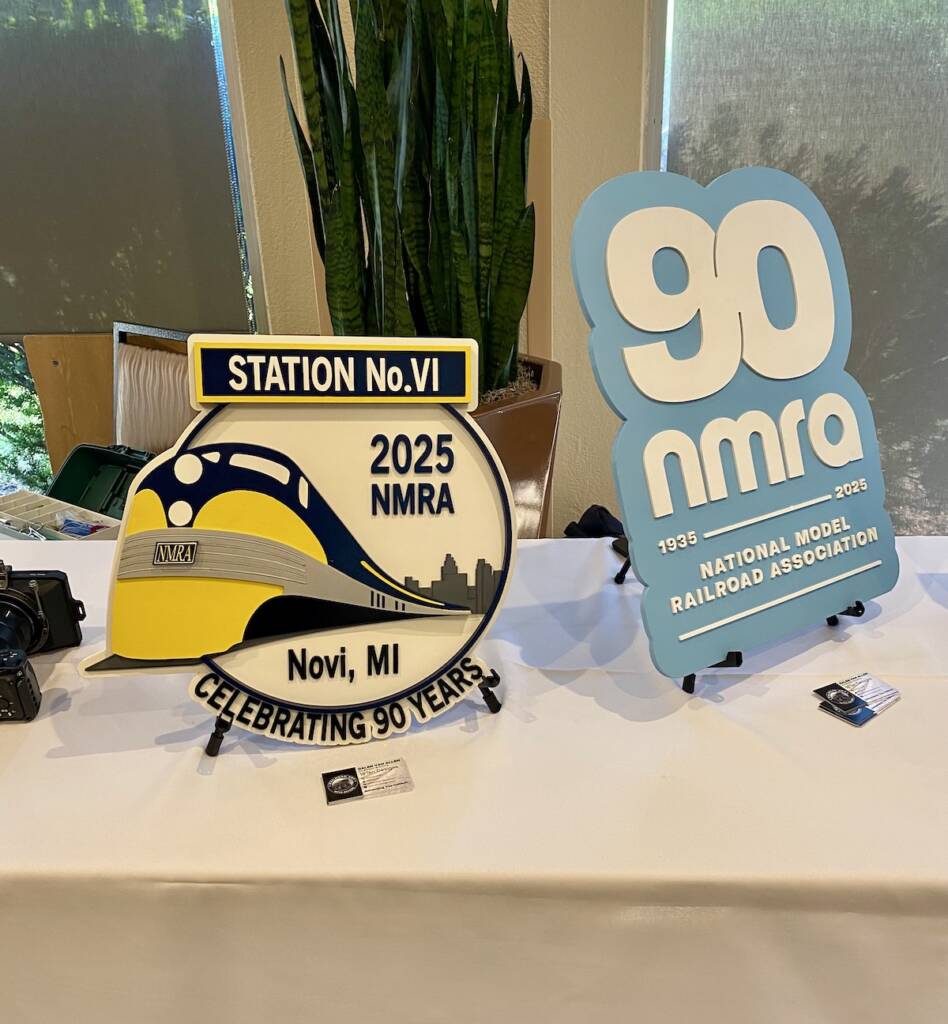
The 2025 National Model Railroad Association convention recently wrapped up with encouraging attendance numbers. A July 19 post from the NMRA social media pages highlighted the success: 950 registered attendees were on hand for this year’s showing in Novi, Mich., a significant jump from 620 in Long Beach, Calif., for 2024. Notably, 266 first-time attendees, […]
Read More…
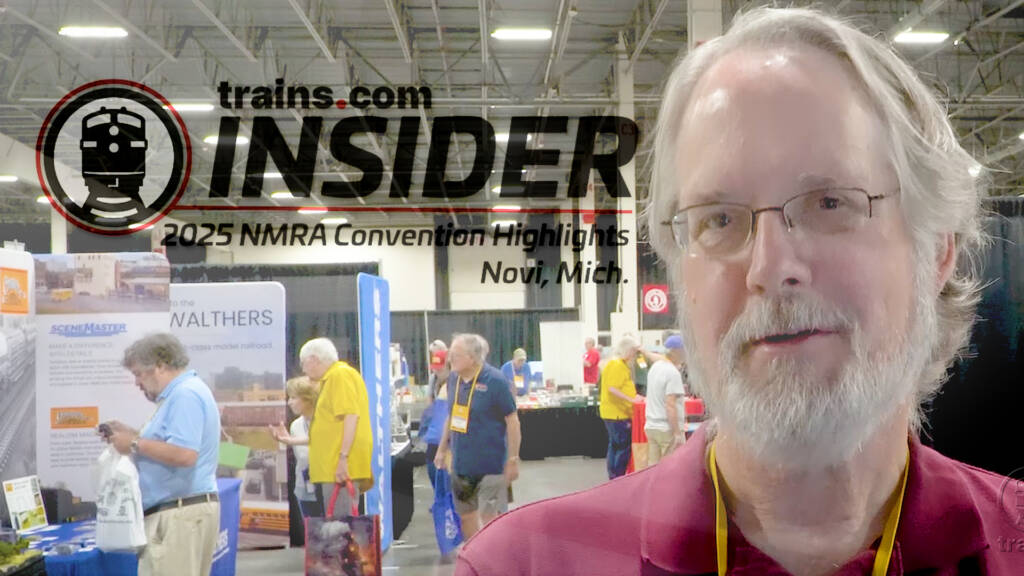
2025 NMRA National Convention, Train Show Highlights | Tour with Model Railroader Editor Eric White, as he makes the rounds to visit with small vendors and major manufacturers at the 2025 National Model Railroad Association (NMRA) Convention and Train Show recently held in Novi, Michigan. From new model announcements and releases to helpful modeling products […]
Read More…
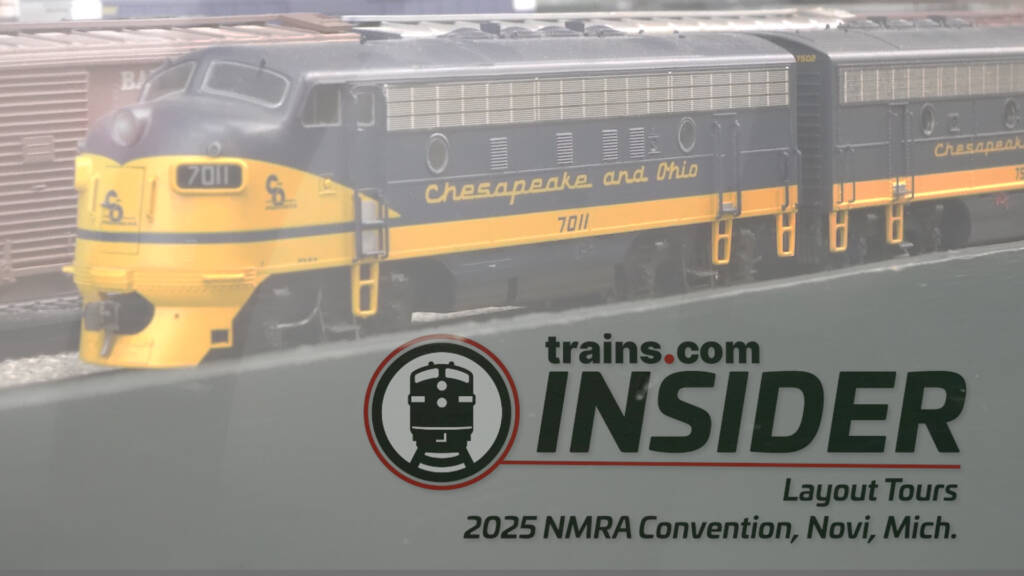
2025 NMRA National Convention, Layout Visits | Tour with Model Railroader Editor Eric White, as he discovers a diverse collection of model railroads from the 2025 National Model Railroad Association (NMRA) National Convention recently held in Novi, Michigan! Explore Steve Smith’s HO scale freelanced Sierra Valley & Harbor Junction; Dan Lewis’s nostalgic N scale Milwaukee […]
Read More…











